27 January 2021 – The raging war in Syria has taken its toll on the country, its citizens and infrastructure. During the decade-long crisis a lot of health facilities endured destruction. According to the WHO Health Resources and Services Availability Monitoring System (HeRAMS) for September 2020, about 51% of Syria’s hospitals as well as 52% of public health centres were either completely out-of-service or partially functional. Consequently, vulnerable communities were deprived of their fundamental right to have access to quality health care.
As a lead agency advocating for health for all and by all, and given the increased needs to respond the COVID-19, the World Health Organization, with the continuous support of donors, has supported rehabilitating some of the most damaged health care centres across the country. By building back the health centres, WHO and its partners aim to bring quality and affordable services closer to the people, a step towards universal health coverage.
In 2020, with a generous contribution from the people of Japan, WHO completed the renovation of 2 public health centres in Kadi Askar and Masaken Hanano districts in Eastern Aleppo. The health centres provide primary health care services to thousands of residents in that area.
“Rehabilitation of a public health care centre is one of the key elements in providing essential services for returnees and vulnerable population. The enhanced access to health care spared them the hardship of reaching out for treatment elsewhere, alleviated additional financial burdens, and saved their dignity,” expressed Dr Fadi passionately, a young doctor who is eager to restart his practice at Masaken Hanano primary health care centre.
Moreover, as the destruction in Homs and its suburbs became overwhelming, generous support from the Government of the Russian Federation helped to rehabilitate public health centres in northern Homs. Four health centres have been renovated in Jaboureen, Tir-Maaleh, Kafr-Nan, and Taldu. The rehabilitation of the health centre has come as a major step towards reviving the availability of health services in this area providing primary health services, vaccination, reproductive health and nutrition surveillance. “This step improved the working conditions of medical staff and allowed them to serve people in community. Now rural residents do not need to travel long distances to urban centres to secure medical support,” stated Dr Msallam Atassi, Director of the Directorate of Health in Homs.
COVID-19 further exacerbated the disparities that persist within different governorates and widened the gaps even further.
“The destruction inflicted on the public health system in Syria is unprecedented. WHO will continue expanding partnerships to avail health services to people, closer to their homes; it is their natural right,” stated Dr Akjemal Magtymova, WHO Representative in Syria. “WHO commits to advancing health coverage for all, especially the most vulnerable, whether living in disadvantaged rural or urban areas,” said Dr Akjemal.
In 2021, WHO will continue helping to restore the health services for thousands of Syrians and building back their future.
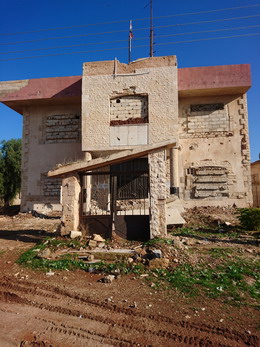 |
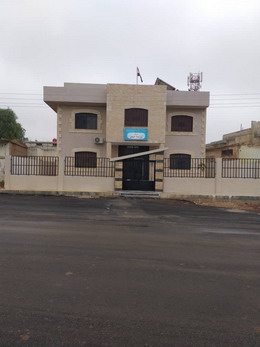 |
||
| Photos showing the primary health care centre in Tir-Maaleh in Homs, before and after the WHO-supported rehabilitation. Photos: WHO/Syria | |||
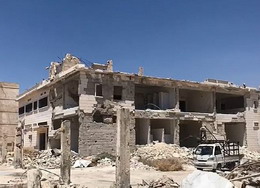 |
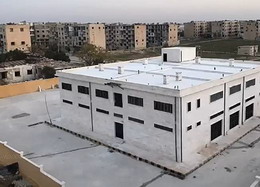 |
||
| Photos showing the primary health care centre in Masaken Hanano in Eastern Aleppo before and after the WHO-supported rehabilitation. | |||
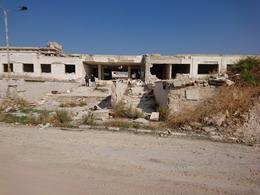 |
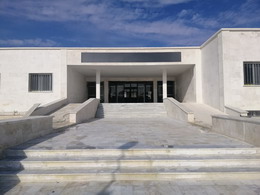 |
||
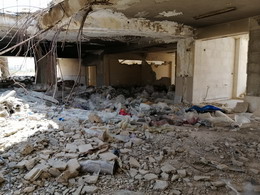 |
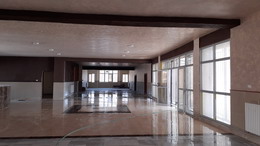 |
||
| Photos showing the primary health care centre in Kadi Askar in Eastern Aleppo before and after the WHO-supported rehabilitation. | |||








